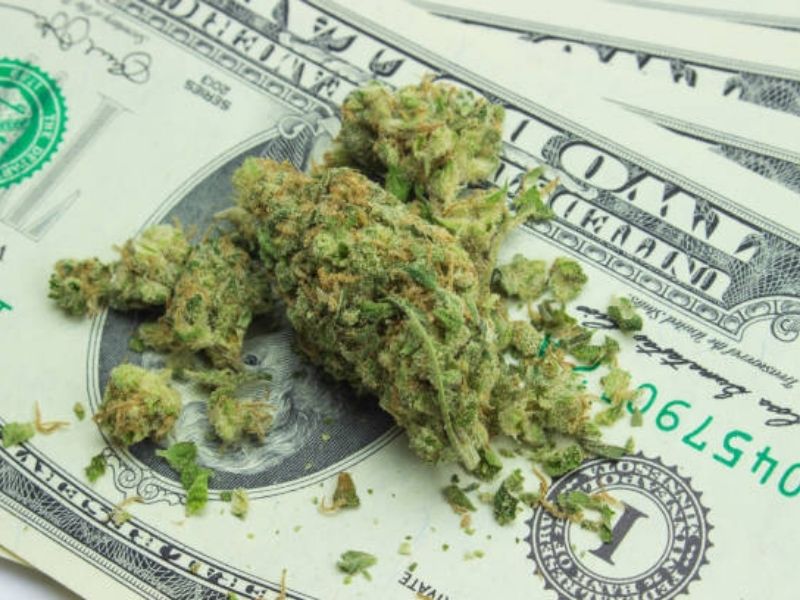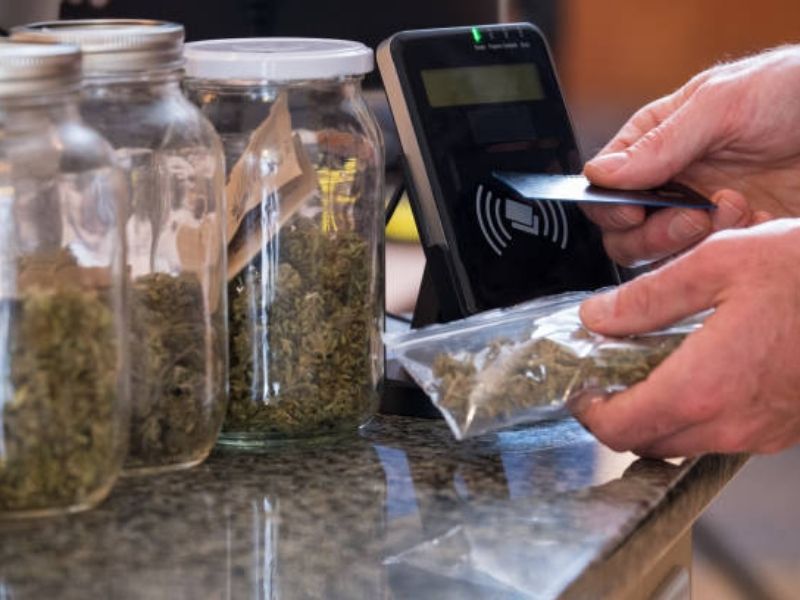
09/03/2022 When working in an industry that’s constantly altering due to legislation, it’s critically crucial to remain ahead of any potential issues. So let us look at how and why cannabis is still in the grey area in this article.
Until recently, cannabis in all of its forms was illegal. It was forbidden to cultivate, purchase, or sell the plant. Many of the regulations governing the cannabis industry, however, have altered. Many individual states have approved laws legalizing the medicinal use of cannabis plant matter, while many other states have passed laws legalizing its recreational use. The cannabis legalization movement began in 1996 when California passed Proposition 215. The first grassroots push to legalize medical marijuana to treat HIV patients culminated in the profitable establishment of storefront collectives.
[[relatedPurchasesItems-36]]
The legality of cannabis use in public housing prevents many potential buyers from purchasing or consuming the substance. Its designation as a drug poses this obstacle, which can only be overcome by voting to preserve cannabis legislation equal to other company regulations. Hemp-derived cannabinoids with less than 0.3 percent THC are still regulated as a federally illegal substance before the passing of the 2018 Farm Bill. This ambiguity introduces a slew of new obstacles in the financing, marketing, and manufacturing of products. But, at the same time, the industry and market are expanding at a breakneck pace.
Regulators in New York are cracking down on the grey market that has emerged since the state legalized REC ( recreational Marijuana) last year. Throughout the state, businesses "gifting" cannabis and other similar activities have increased, even though the state has yet to begin receiving REC business applications. ( Source: Cannabis Wire )
The Office of Cannabis Management (OCM) notified more than two dozen firms across the state that they might face fines and criminal penalties, as well as being barred from the legal market. The Office of Cannabis Management is now working on drafting regulations for the adult-use market, slated to be announced in the spring, followed by a six-month comment period, with the rules likely to be revised and reissued.

Image Source: iStock
Banking is another issue, there are limited banking opportunities.
Congress has yet to remove banking restrictions on cannabis businesses, limiting their access to capital. The Secure and Fair Enforcement (SAFE) Banking Act would prevent federal regulators from penalizing financial institutions that provide services to state-legal marijuana firms. It has been passed by the House five times but never by the Senate. Many cannabis businesses have faced issues utilizing cash for transactions and obtaining bank loans. Because the plant is classified as a controlled substance by the federal government, many institutions cannot receive funds or provide loans because it would be considered money laundering. This also provides a hurdle when interacting with any FDIC-insured bank. Therefore, the likelihood of banks engaging with marijuana-related enterprises in 2022 relies on federal rules.
The stigma surrounding the medical community
More doctors and healthcare facilities are now supporting marijuana than ever before. However, a sizable proportion of the general public believes that cannabis and medicinal marijuana should be outlawed. In addition, institutions that promote cannabis do not receive federal financing. This stigma in hospitals creates a significant hurdle that every business owner in this market has faced.

Image Source: iStock
Racial Inequality
According to a 2017 survey, individuals of color made up less than a fifth of those active at the ownership or stakeholder level; black people made up only 4.3 percent. The figures are unsettling. Many African Americans are afraid that a lack of capital and systemic economic racism will keep them out of the emerging marijuana industry—how they have previously been barred from other business opportunities.
"One of the things we've learned since the establishment of equity is that a license doesn't go as far as it needs to," said Jacob Plowden, co-founder and deputy director of the Cannabis Cultural Association, based in New York that assists "marginalized and underrepresented communities" in competing in the legal cannabis industry.
(Source: NBC News) New Jersey has proposed legislation requiring 25% of all legal licenses to be reserved for people of color; Massachusetts has added social equity programs to its legalization efforts. Nonetheless, the number of African Americans working in the legal marijuana commerce is still small.
While the market grows through numerous monetized channels, several roadblocks, and few maps, there is no industry-specific regulation at the federal level due to the legal status of cannabis; yet, government entities are active in ensuring safe products reach consumers. The cannabis industry is highly regulated to ensure that: Businesses run safely and provide products free of contaminants and labeled to inform customers.
Statutes, regulations, and ordinances are all examples of laws that work together to provide ground rules for businesses and customers. States that have authorized the sale of medical and recreational marijuana have established state-based regulatory structures. However, interstate commerce is banned even among legitimate states, making scale challenging to achieve. Cannabis businesses must raise financing to fund future expansion. Cannabis businesses do not have access to banking services that many other companies do because of their weak legal position. This makes raising finance more difficult and expensive. On the other hand, low-interest rates have made those prices more affordable in recent years. That is all about to change.
The US Food and Drug Administration is the primary government regulator of the cannabis industry (FDA). FDA ensures that all drugs are safe and effective for their intended indications. Also monitors marketing claims and has issued warning letters to many CBD manufacturers and merchants who they believe have made unsubstantiated product representations to the consumer. In addition, the FDA includes the US Center for Drug Evaluation and Research (CDER). It is the division in charge of overseeing and regulating the sale and manufacture of therapeutic pharmaceuticals. In addition, CDER evaluates all new drugs before they are made available to customers.
In 2022, these developments will produce a turbulent and rapidly changing environment for both investors and cannabis entrepreneurs. The fundamental difficulty for investors will be determining which of the scores of startups, IPOs, and established cannabis companies can weather the storm and thrive in the long run. There's a certain degree of ambiguity around the marijuana market and sales environment. Nothing is carved in stone yet, but the mortar is mixed, and the framework is set. Those hoping to get into this prospective market should develop a strategic plan ahead of time. It's also critical to arm yourself with the most up-to-date and accurate information accessible.
Article By Aakriti Rawat, Beverage Trade Network
Header Image Source: iStock
TAGS:






